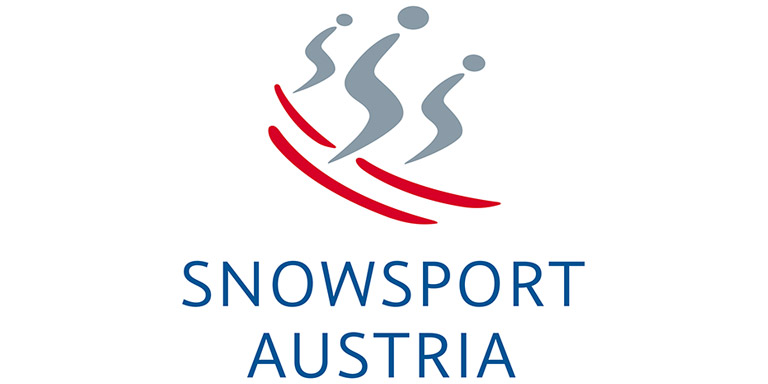CROSS COUNTRY
Nordic skiing is a total body movement, where arms with the poles and legs are used for propulsion. The entire torso and shoulder muscles play a stabilizing and dynamic function. For this reason cross-country skiing uses more muscle groups than almost any other sport. As the principal movement is sliding, cross-country skiing is a particularly low impact sport which simultaneously trains a number of coordination skills such as balance, rhythm, etc. Cross-country skiing is even ideal for strengthening the cardiovascular system. From children to senior citizens, this sport can easily be learned and practiced.
The motion by cross-country skiing is basically possible in two styles: the classic technique and the skating technique. The classic technique is run along parallel grooves, the skating technique on smooth surfaces. Skis with scales or grip wax (hard wax or Klister) are required for the leg kick in the classic technique. For the skating technique shorter skis are used, which are prepared solely with a gliding wax.
As an introduction to cross-country skiing the classic technique is usually preferred. If experience of skiing, ice skating or in-line skating is present, it is possible to start with the skating technique.
FROM START TO PERFECTION IN FOUR STAGES
GREEN
Warm up
Familiarisation exercises
First movement experiences
BLUE
Classic Technique
Diagonal stride on flat ground - double pole push – side-step - Parallel (indirect) track change – herringbone step
Braking, downhill and cornering technique
Parallel downhill - plough – one-sided plough
Skating technique
Skating step without poles - diagonal skating stride - asymmetric 2:1 stroke - slow side change
RED
Classic Technique
Diagonal uphill strides - double pole push with intermediate step – direct track change – technique changes
Braking, downhill and cornering technique
Snowplough turn – stepping turn active/passive
Skating Technik
1 :1 stroke - symmetrical 2:2 stroke - faster lane change – technique changes - half skating step
BLACK
Classic technique
Jumping herringbone step – double pole sprinting
Braking, downhill and cornering technique
Running turn - more cornering technique
Skating technique
Asymmetric 2:2 stroke jump – 1:1 stroke sprint
